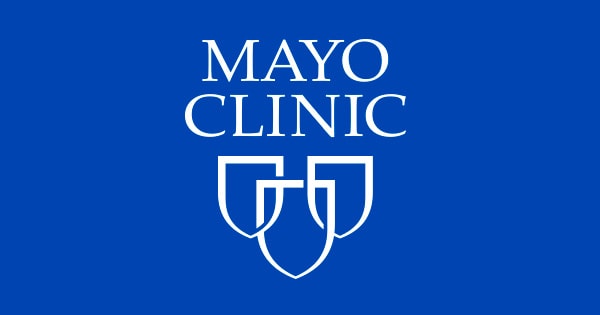December 2014
Soumya J.Koppikara, Suresh D.Jagtapa, Prasad P. Devarshi, Nivedita M. Jangle, Vitthal B. Awad, Asmita A. Wele, Abhay M. Harsulkara
Abstract
Introduction
Triphala is a well-known Ayurvedic treatment for bowel problems.
The aim of the study was to evaluate whether Triphala(an Ayurvedic formulation) can ameliorate excessive oxidative stress and inflammation of intestinal tract in 2,4,6-trinitrobenzene sulfonic acid (TNBS) induced inflammatory bowel disease (IBD)in rats.
Materials and methods
Aqueous Triphala extract was assessed for Nitric oxide (NO) scavenging and anti-lipid peroxidation activities. Triphala was orally administered in three doses (330, 500 and 1000 mg/kg/b wt), where mesalamine remained as control. Activity of MDA, catalase (CAT), superoxide dismutase (SOD) and nitrate–nitrite in colon tissues were estimated using plate-based assays. Gene-expression of CAT, SOD, glutathione peroxidise (GPx) and endothelial nitric oxide synthase (eNOS) were estimated using Real-Time PCR. Lastly, HE staining was used for histopathological observations.
Results
NO scavenging revealed 80.00% inhibition at 500 and 1000 μg/ml, whereas complete inhibition of lipid peroxidation obtained at 500 and 1000 μg/ml concentrations. These activities correlated well with reduced oxidative damage (MDA 3.72 μM/g of tissue) after Triphala treatment with significant increase in CAT, SOD and nitrate–nitrite activity in colon.
Gene-expression of CAT, SOD and GPx increased in dose-dependent manner, while eNOS expression increased at Triphala 500 mg/kg/b wt, demonstrating strengthening effect on innate antioxidant defence.
Histopathology of colon revealed muco-protection and restoration of normal tissue architecture. Administration of Triphala at 1000 mg/kg/b wt significantly reduced colonic inflammation measured as reduced colon weight and crypt loss, reduction in infiltration by pro-inflammatory cells and focal necrotic areas in mucosa.
Conclusion
Triphala has promising potential for the treatment of IBD given its strong antioxidant effects in reducing inflammation.











